
Travel

Travel

Travel

Travel

Travel

Travel
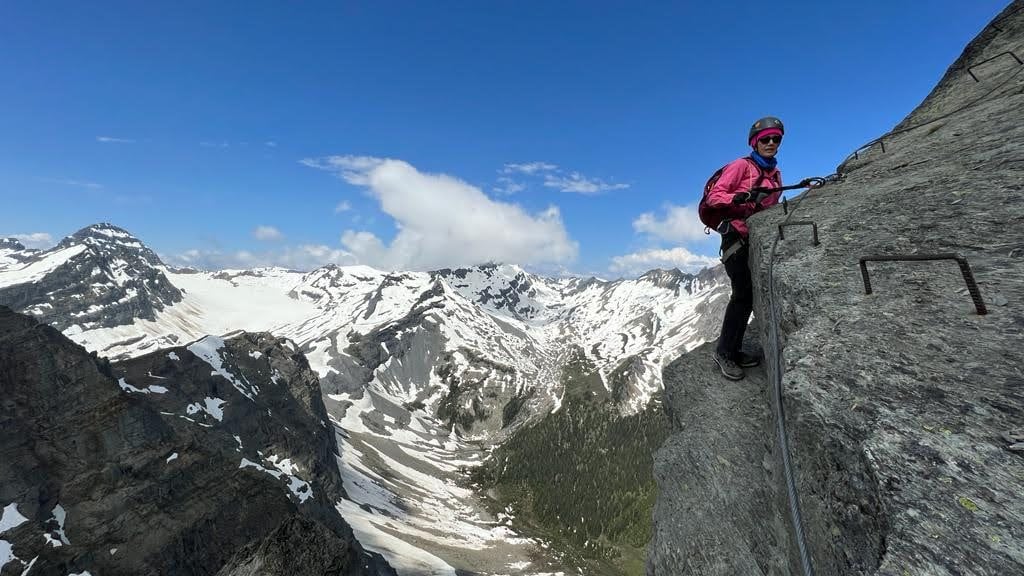
Travel
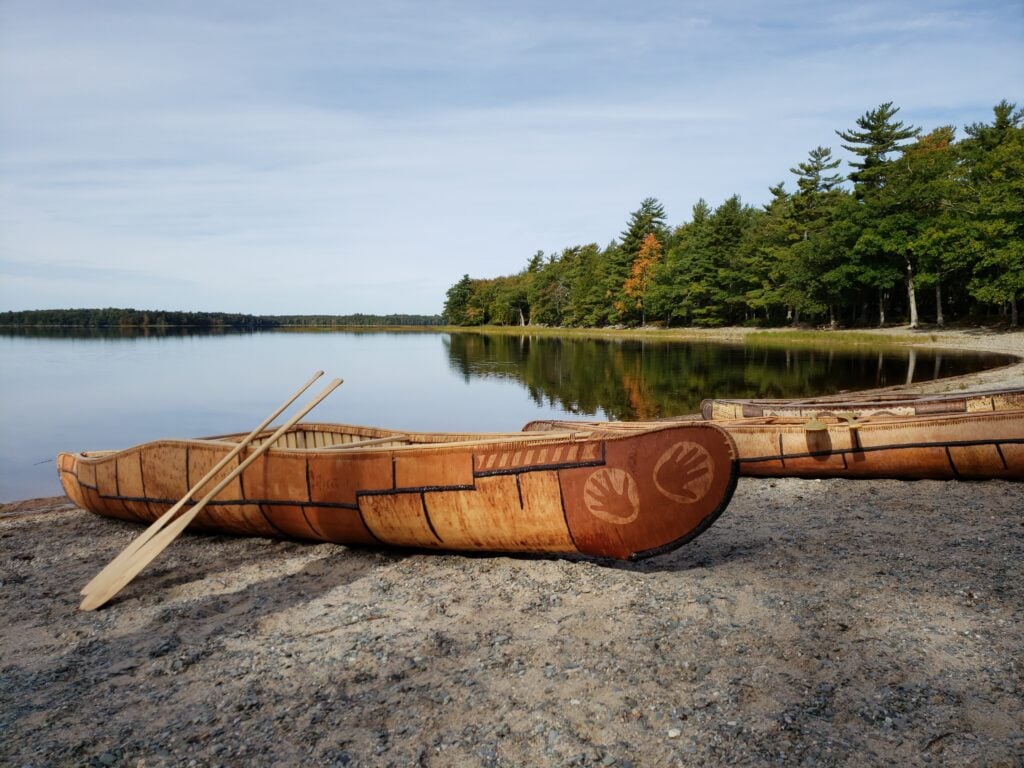
Travel
A pilgrimage to Kejimkujik reveals centuries-old connections between descendants of Nova Scotia’s first Scottish settlers and the Mi’kmaq who saved them

Travel
Jill Doucette, founder and CEO of Synergy Enterprises, shares insights on new trends in the tourism industry and why there’s reason to be optimistic about a sustainable future for travel
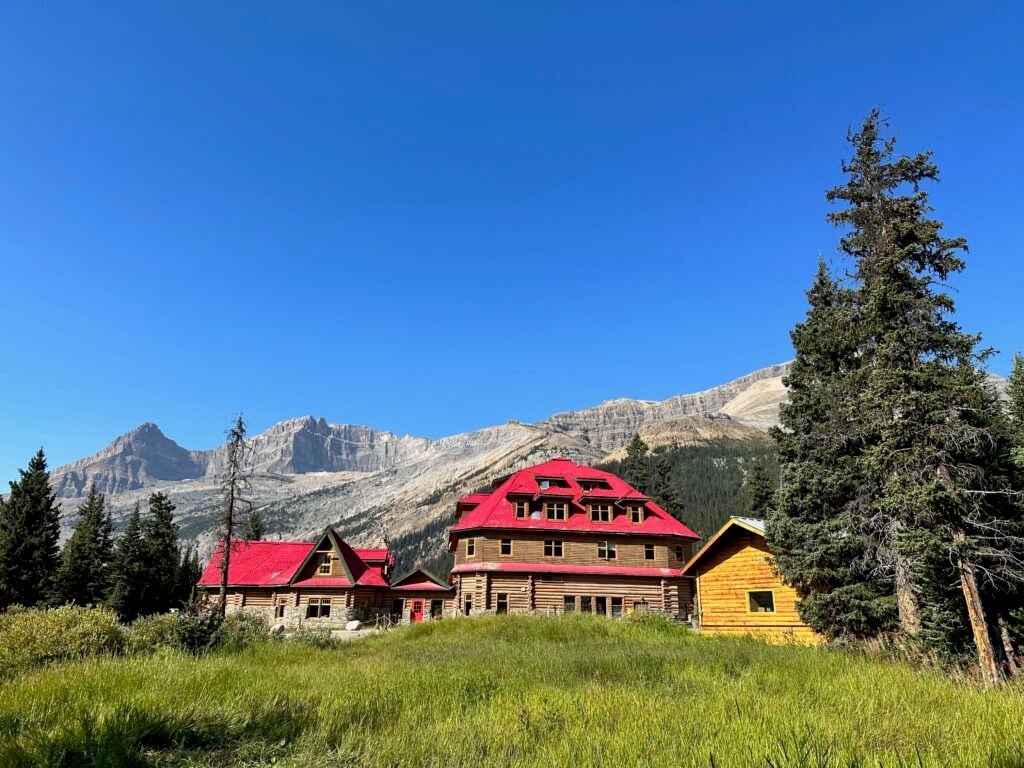
Travel
Recently renovated and renamed, the Lodge at Bow Lake (formerly Num-Ti-Jah Lodge) immerses guests in the history of Rocky Mountain exploration
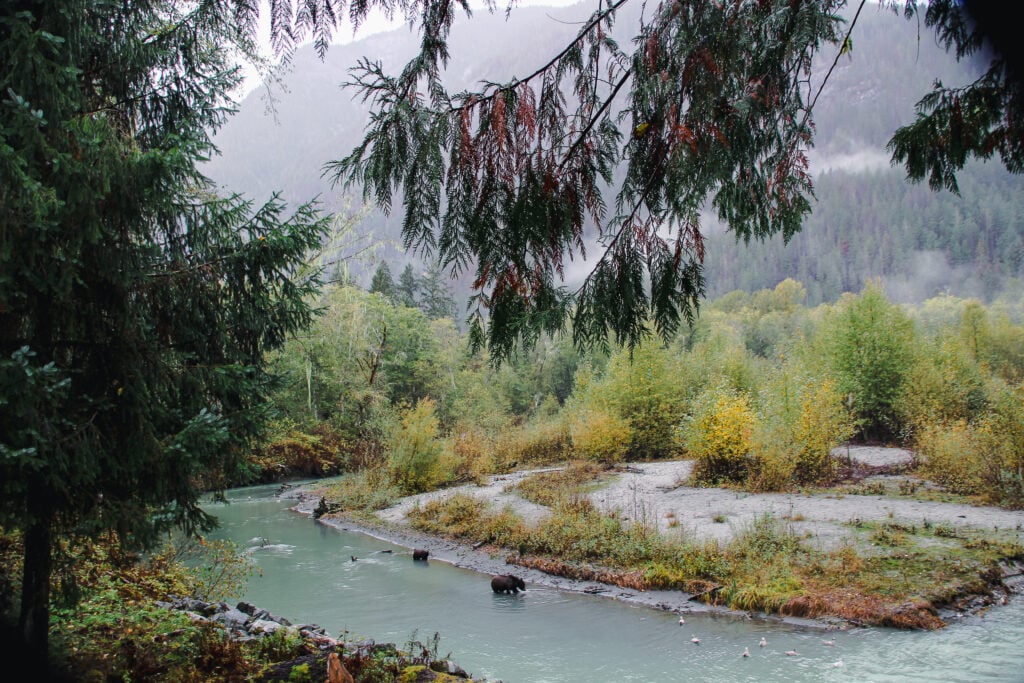
Travel
An off-grid eco-friendly resort, only accessible by boat or seaplane, turns out to be the unexpected perfect “babymoon” destination for nature’s lessons in the wildest maternal instincts

Travel
Located on the most easterly edge of North America, “The Rock” is home to some of Canada’s most picturesque landscapes just waiting to be explored
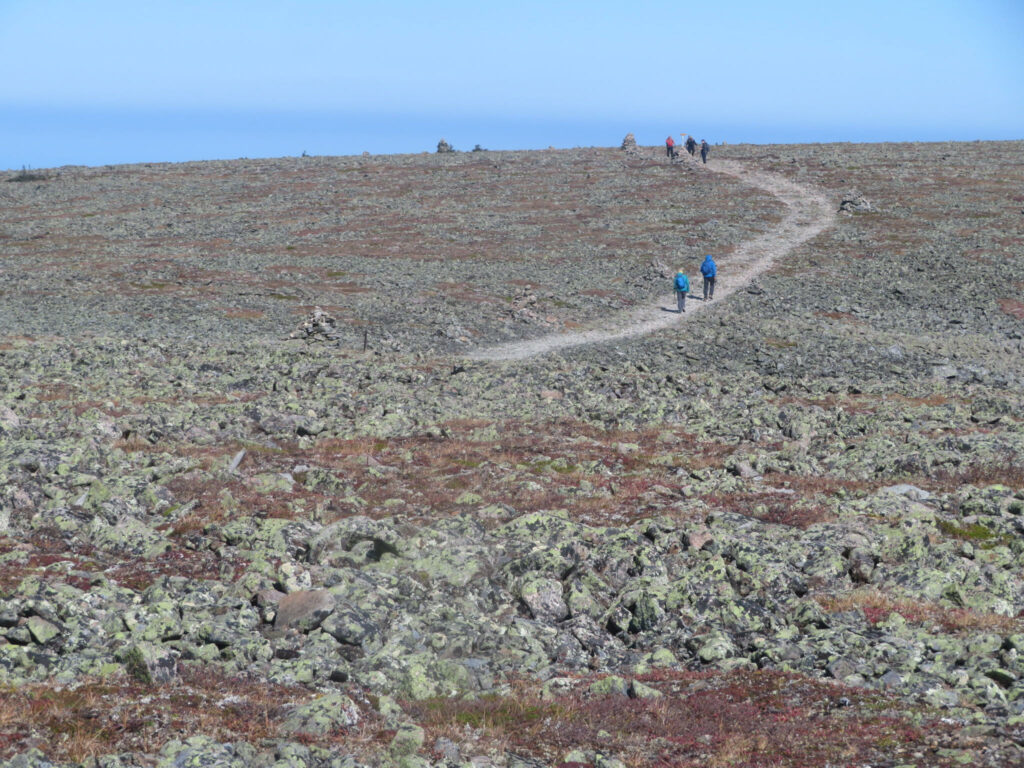
Travel
A five-night, four-day adventure through Québec’s Gaspé Peninsula, full of mountain peaks, sweeping landscapes and close moose encounters
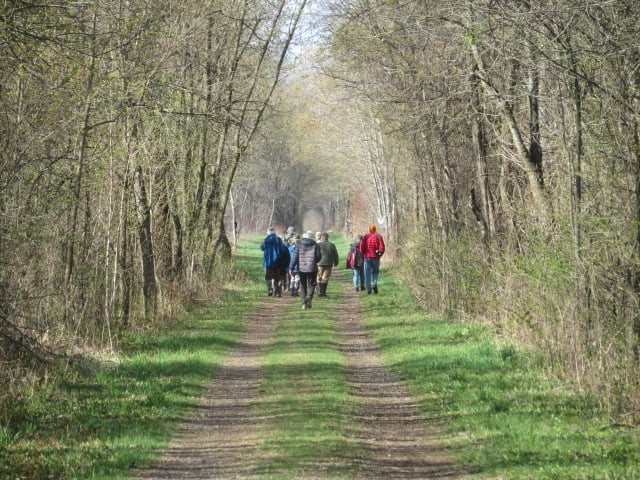
Travel
With its proximity to a number of small towns along the route, this Eastern Ontario trail is perfect for the seasoned walker looking for a not-too-rugged, wildlife-filled four-day hike
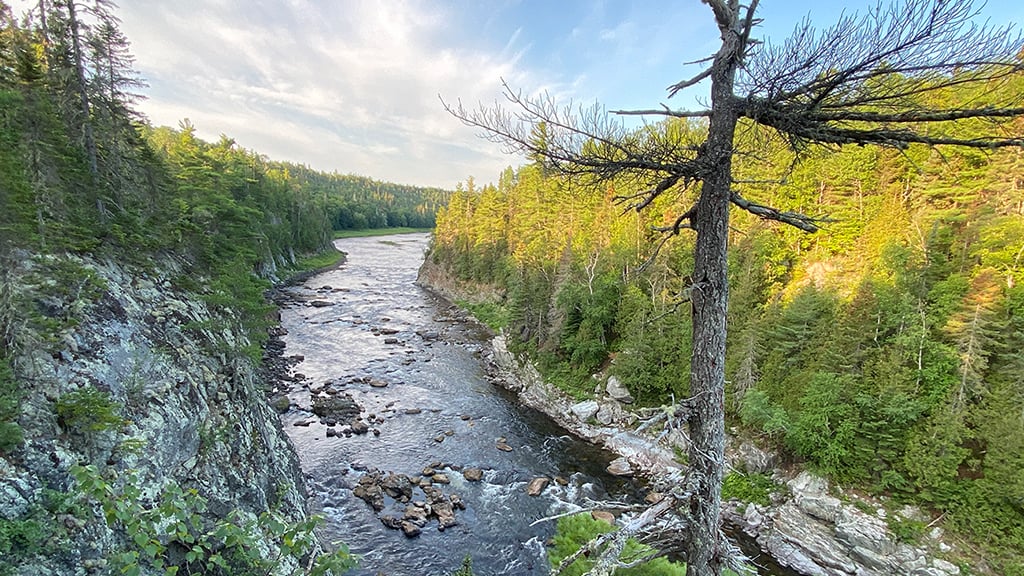
Travel
An ancient Mi’gmaq migration route that follows the Nepisiguit River’s winding route to the salt waters of Chaleur Bay, the Nepisiguit Mi’gmaq Trail is now one of the world’s best adventure trails

Travel
A tired mom’s quest for rest on a solo road trip around southern Vancouver Island
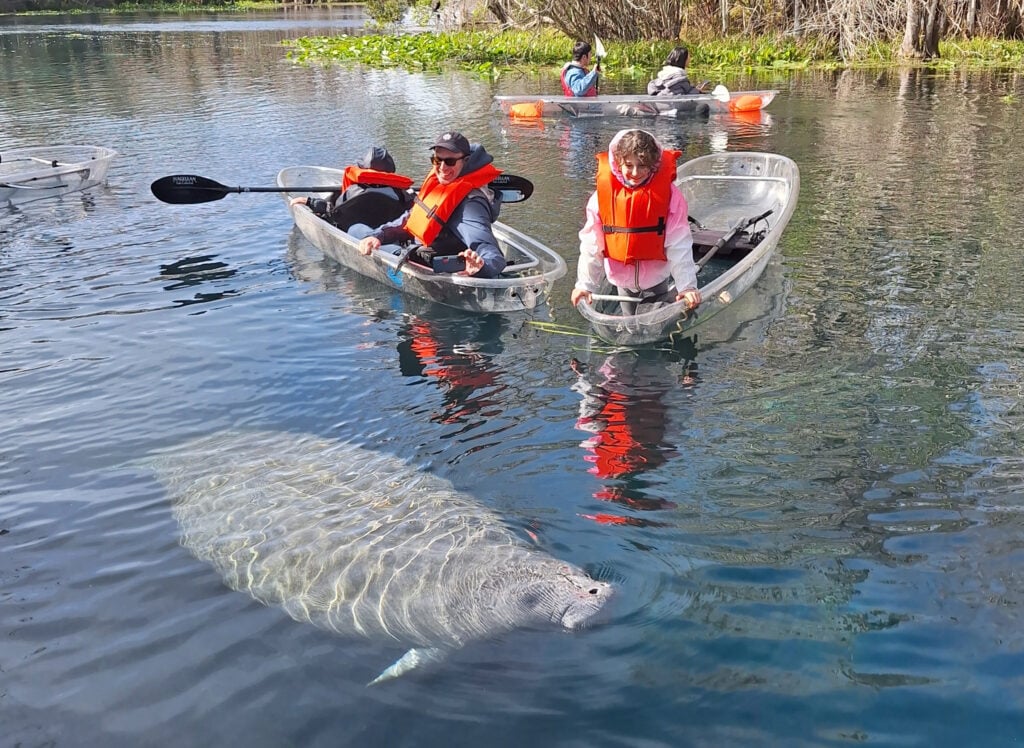
Travel
It may be the Theme Park Capital of the World, but there is plenty of adventure in Orlando beyond the amusement parks

Travel
Experiencing the world’s largest carnival during a week of celebration, social unity, parades, colourful fashion and of course, partying
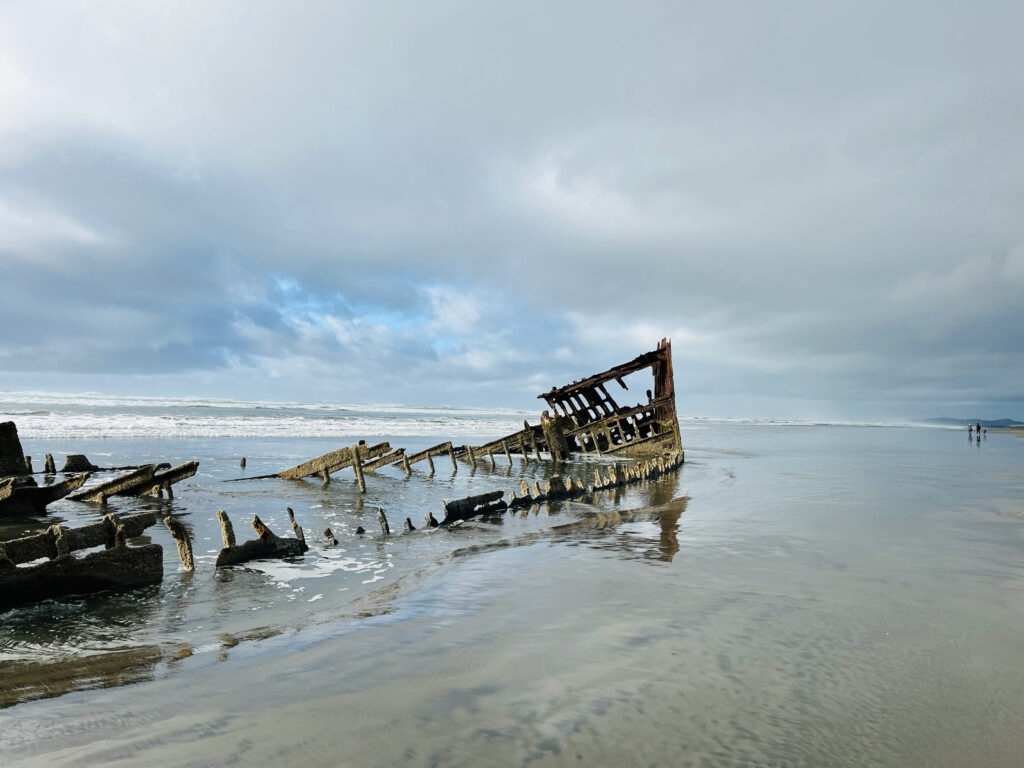
Travel
Offering something for everyone, this 584-kilometre wind-swept shoreline is packed with historical sites, isolated beaches, quiet seaside towns and more
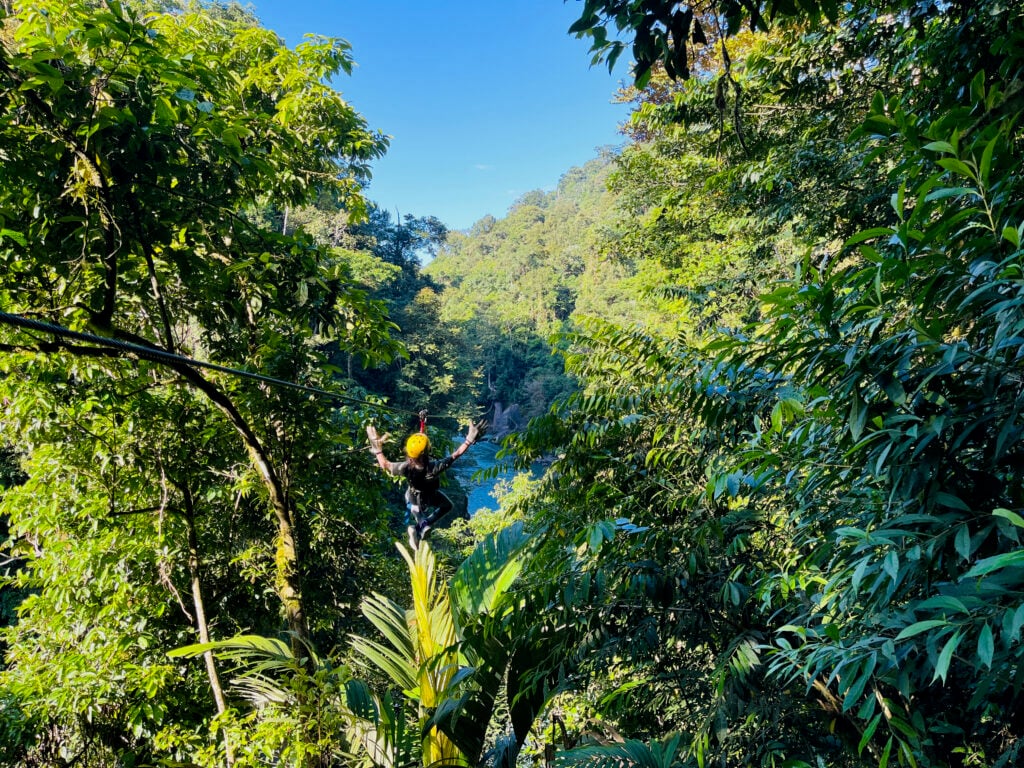
Travel
The ultimate rainforest retreat complete with eco-adventures, hands-on education and adrenaline-inducing activities amidst tropical jungle scenery
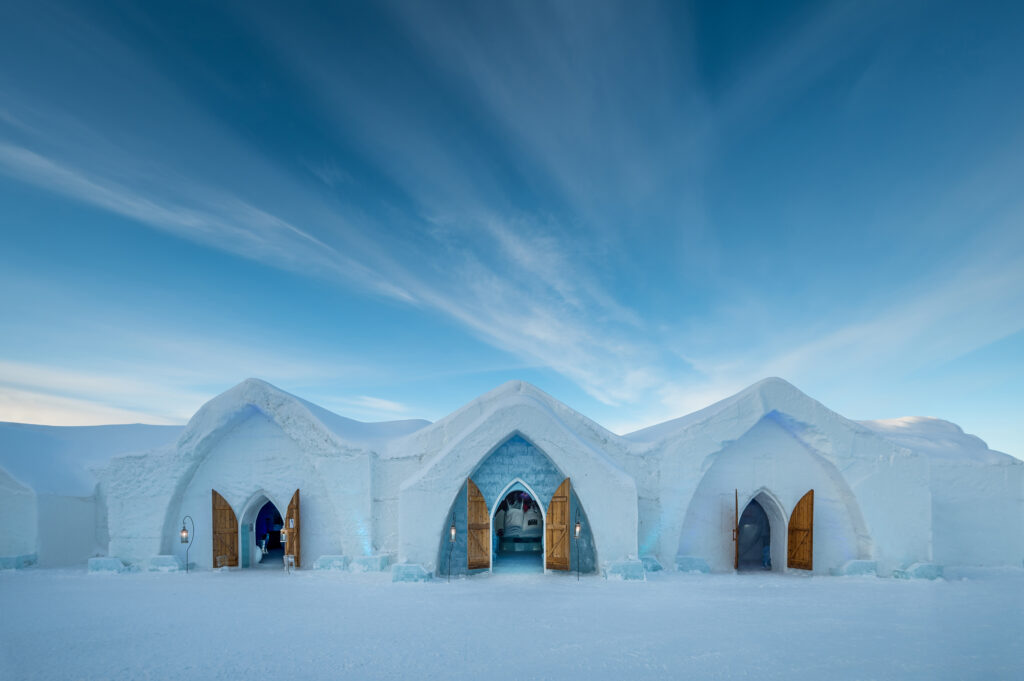
Travel
An unforgettable Nordic-inspired experience where ice and snow are transformed into an enchanting overnight stay

Travel
The RCGS Explorer-in-Residence shares his experience travelling through Alaska with Cunard

Travel
How to make the most out of your visit to Disneyland, plus all the tips and tricks needed to ensure you and your family have a positive experience

Travel
Seven sites in the birthplace of rock ‘n’ roll commemorate the city’s foundational role in the American civil rights movement
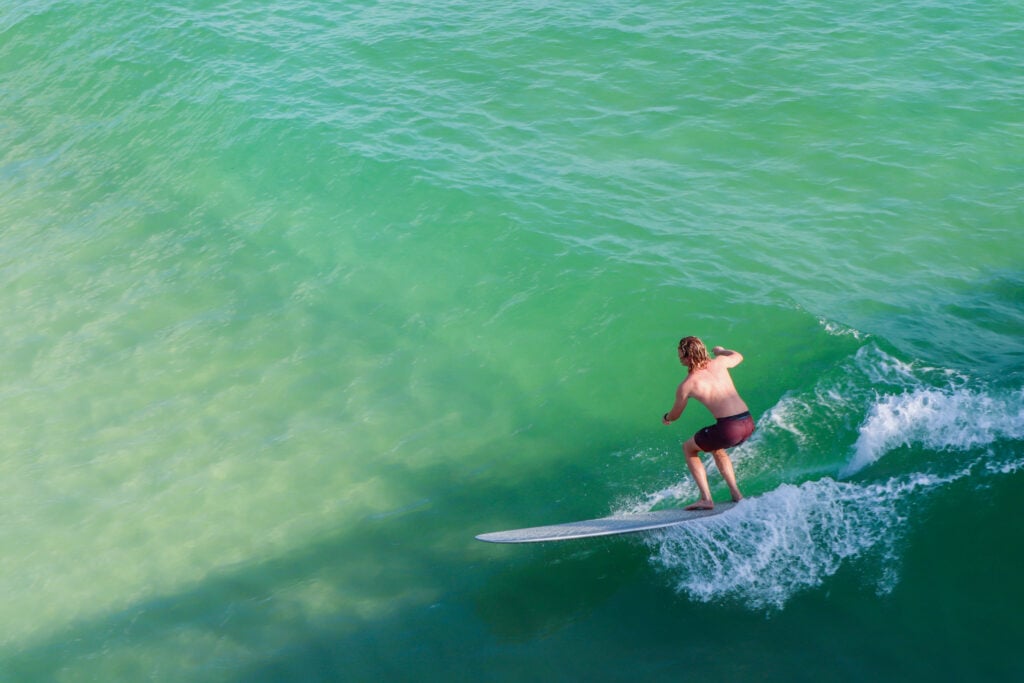
Travel
A three-day guide to exploring the diverse culture, rich history and beautiful beaches of America’s first settlement

Travel
Our top picks for winter travel, all for less than $1,000 return airfare
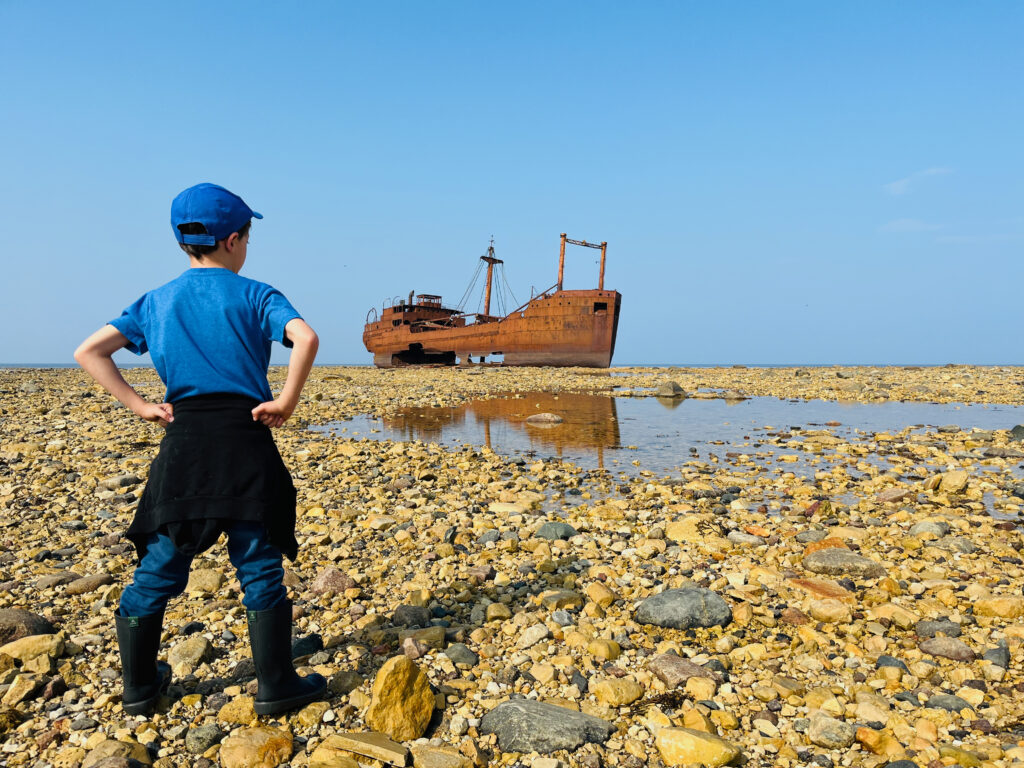
Travel
Tundra Buggy pioneer Frontiers North invites adventurous families to northern Manitoba for a bucket list summer vacation

Travel
A local historian unlocks the mysteries of Winnipeg’s Manitoba Legislature
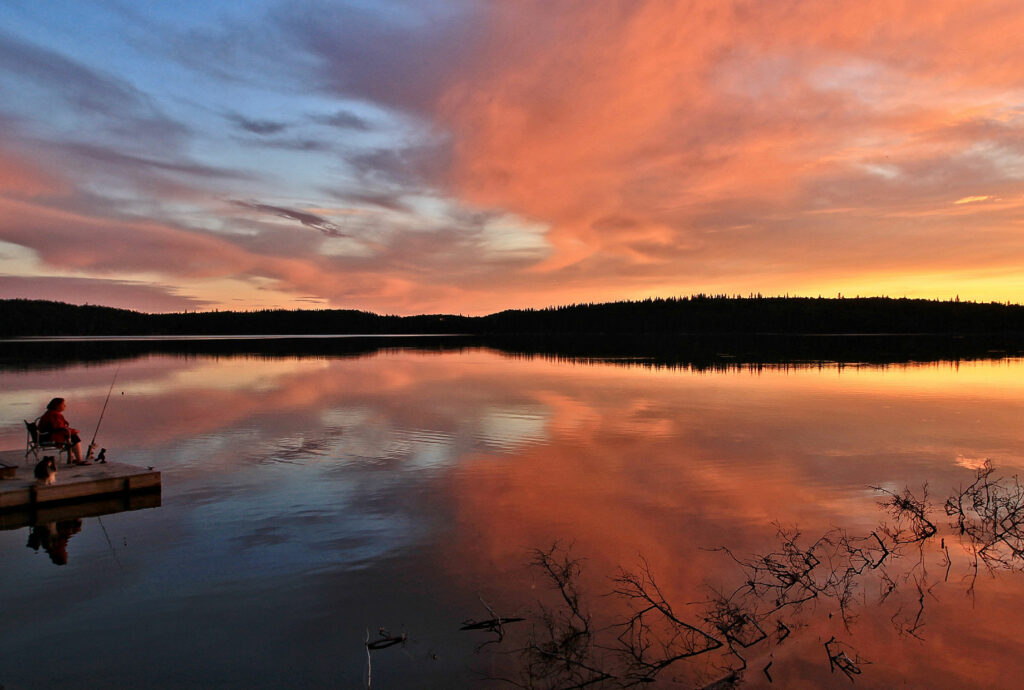
Travel
When your heart needs to roam, these 10 iconic Manitoba experiences will be waiting

Travel
A bucket list experience observing the world’s largest concentration of snakes
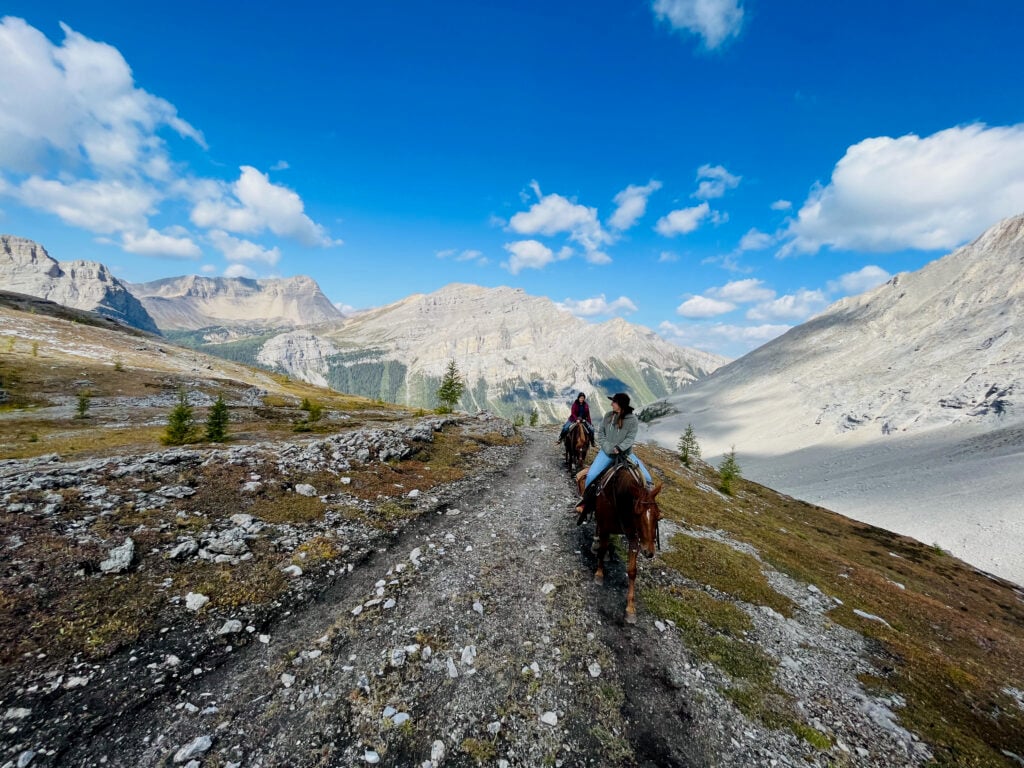
Travel

Travel

Travel
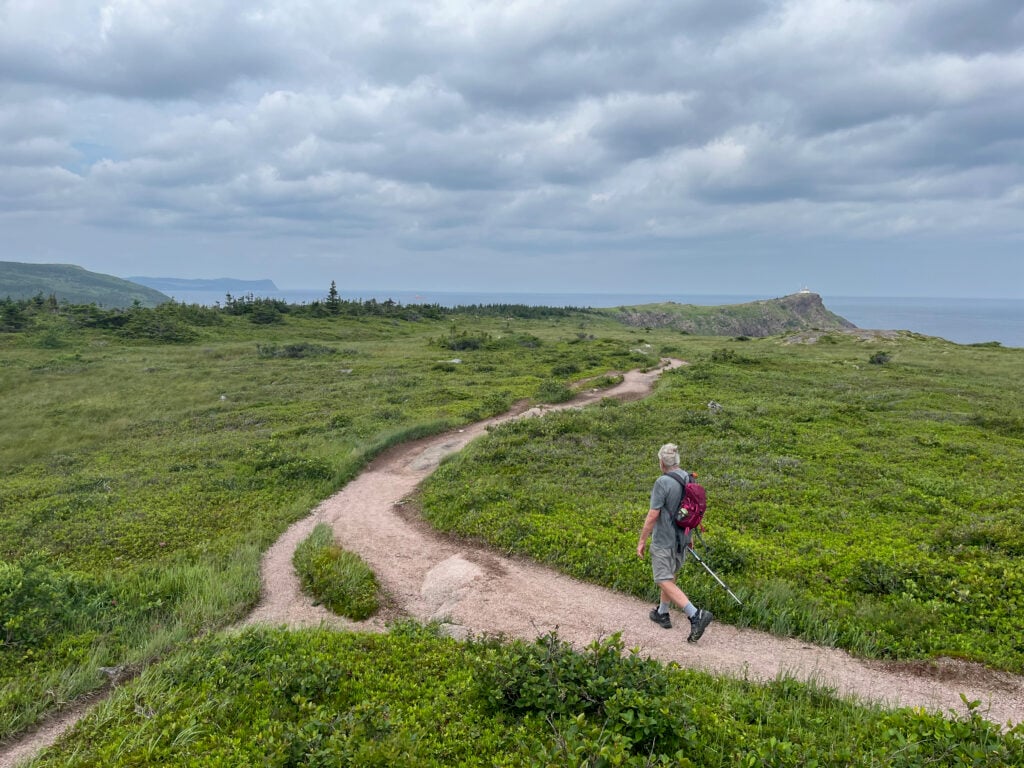
Travel
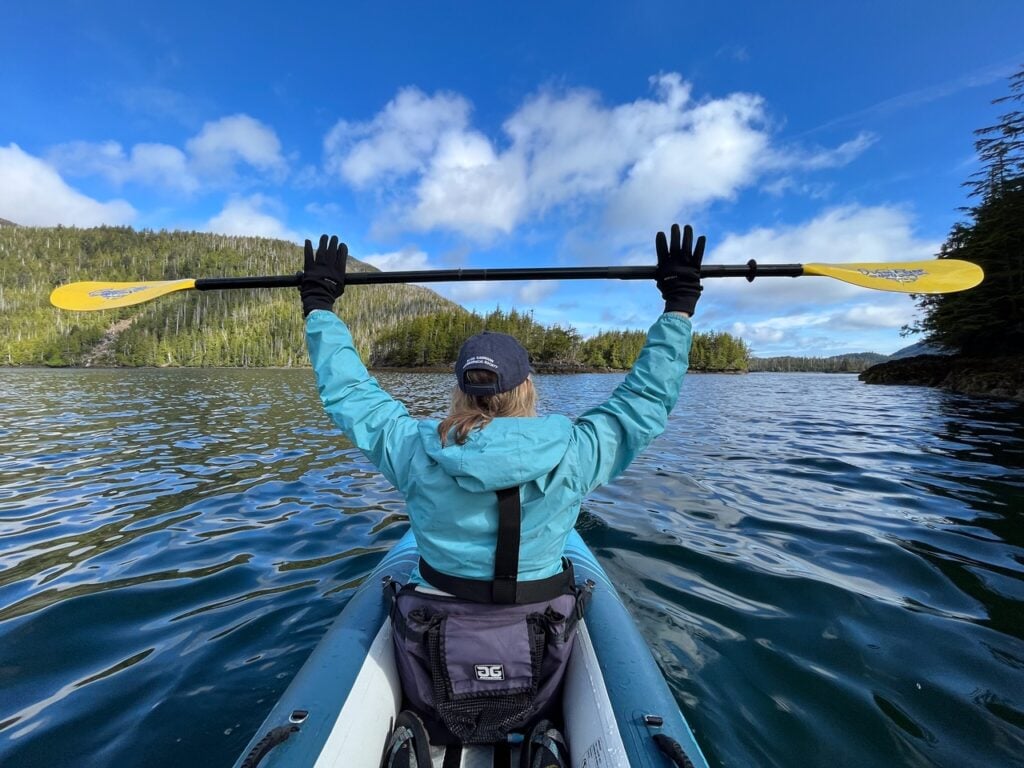
Travel

Travel

Travel
After a challenging ski season as a result of warmer weather, winter is alive and well at SilverStar Mountain Resort, along with a few surprises

Travel
Each community has its own personality — and so do their eateries
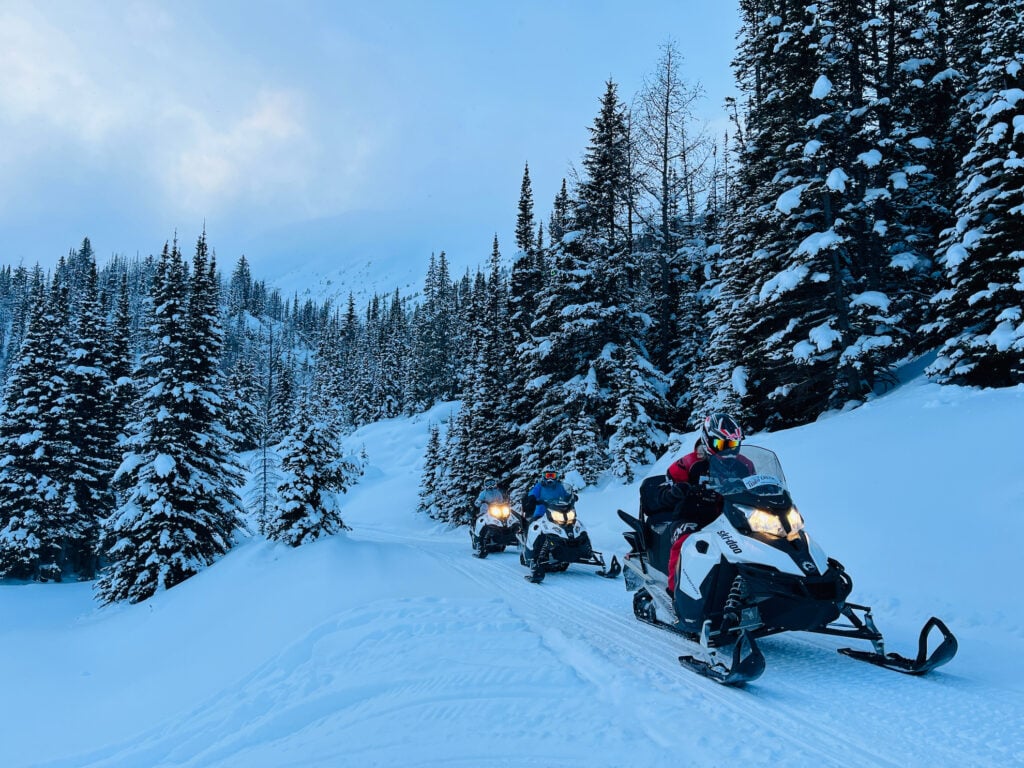
Travel
Expect the unexpected in the Kootenays, including a visit to an epic frozen waterfall

Travel
Inspired by the trees that line the misty mountains of Vancouver’s coastal rainforest, the DOUGLAS offers a multi-faceted city escape
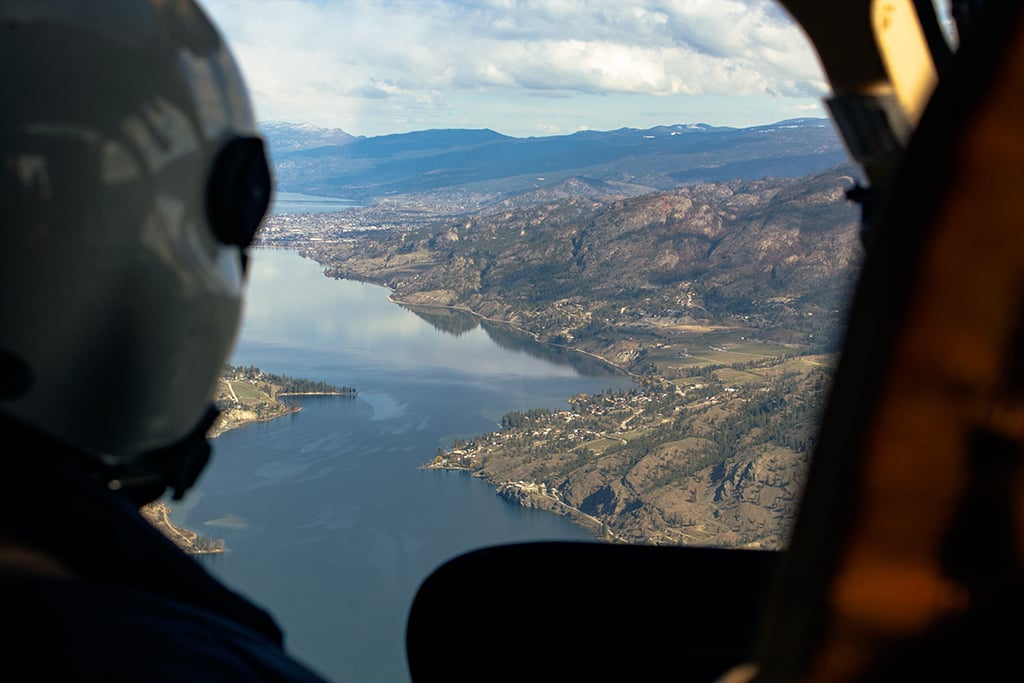
Travel
A couple’s guide to taking in the wine, food and unique desert scenery of Osoyoos
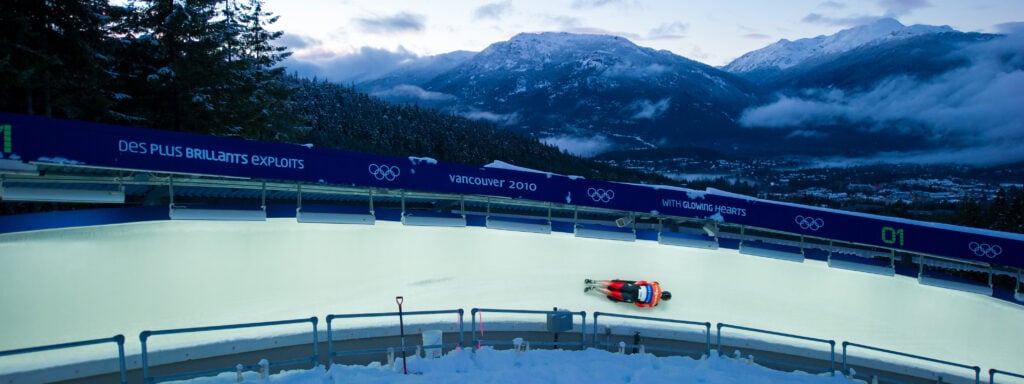
Travel
Robin Esrock heads to Whistler to tick the world’s fastest sliding track off his Canadian bucket list with a special appearance from Olympic champion Jon Montgomery
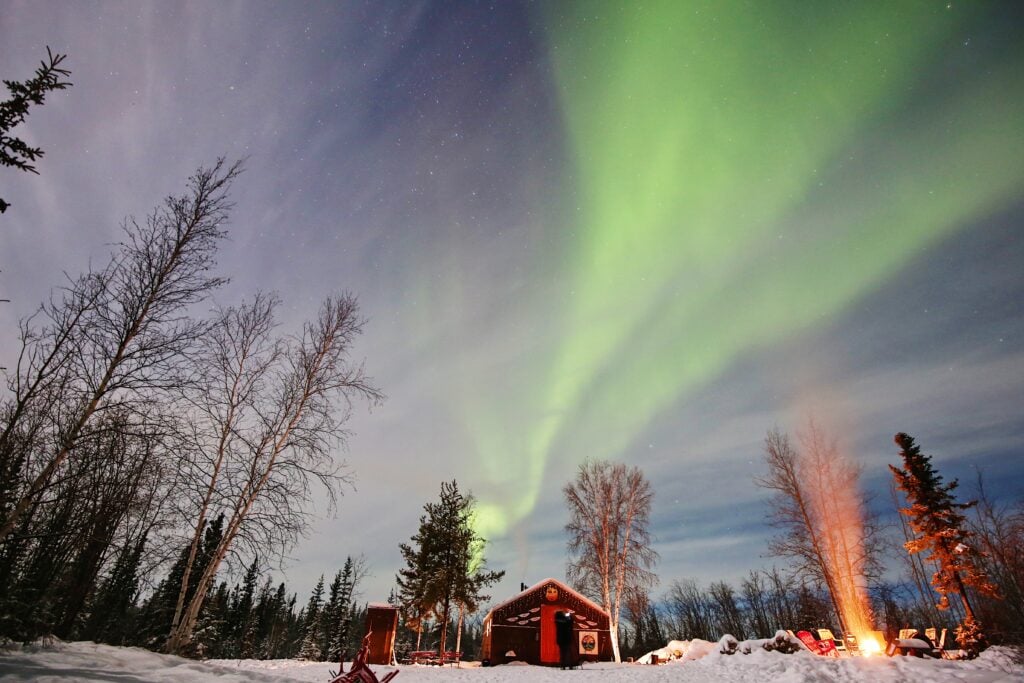
Travel
With solar activity expected to peak in 2024, there’s never been a better time to see the northern lights. Here’s how to do it in the “aurora capital of North America.”

Travel
Discover why Piedmont in northwestern Italy is a haven for gourmands
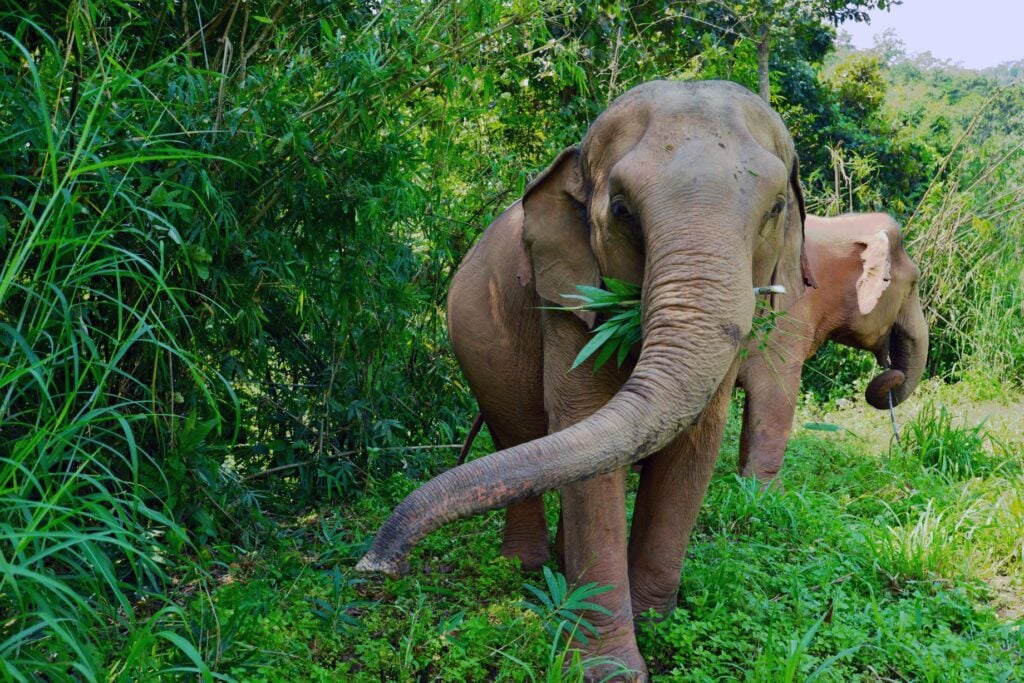
Travel
From South African penguins and Canadian bears to Australian wombats and Bolivian pumas, Robin Esrock introduces inspiring wildlife sanctuaries where volunteers make all the difference

Travel
Les villes et villages situés le long de la Promenade du sentier Fundy s’associent pour donner la priorité à la communauté et à l’environnement, alors que la région partage ses paysages enchanteurs avec le monde entier.
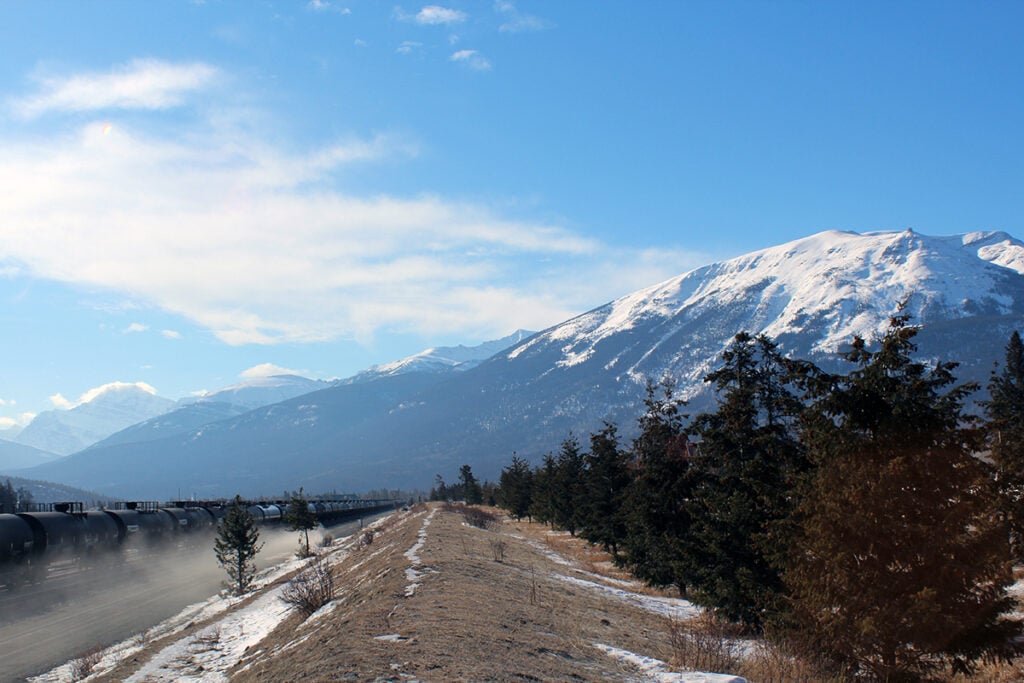
Travel
Avoid the crowds and discover frozen canyons, scenic lakes and hearty cuisine in this epic Rocky Mountain town
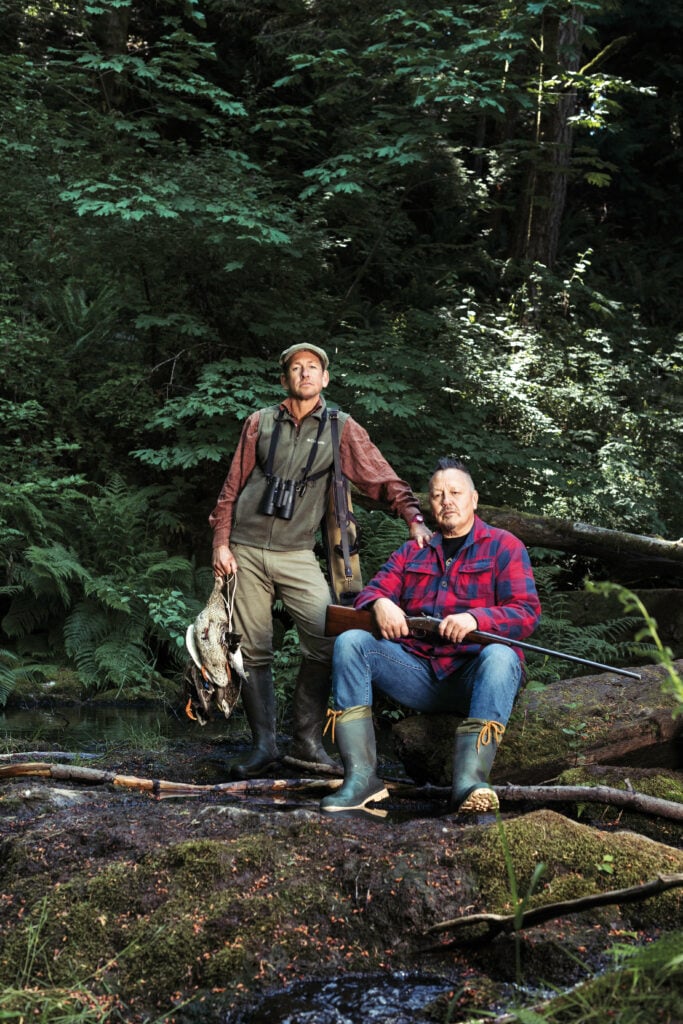
Travel
Now on its sixth season, this popular cooking show combines Indigenous and French cuisine while exploring culture, tradition and good food
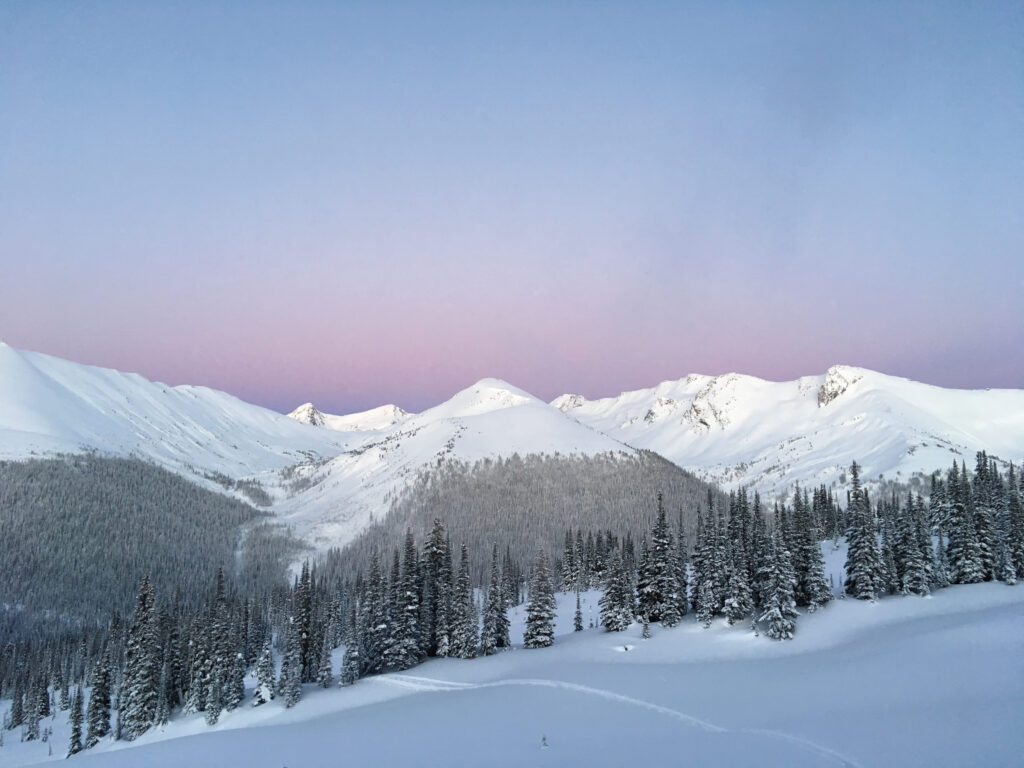
Travel
At British Columbia’s Purcell Mountain Lodge, guests can partake in skiing and snowshoeing and then end the day with a well-deserved three-course dinner

Travel
A history of Alberta’s quirky Burger Baron restaurant chain

Travel
Cities and towns along the Fundy Trail Parkway are banding together to prioritize community and the environment as they share their magical landscape with the world
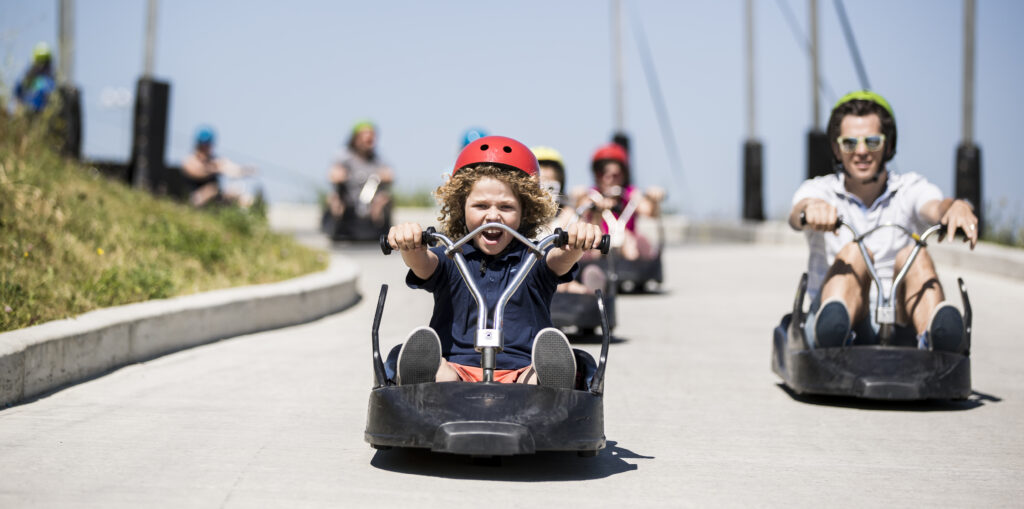
Travel
From ice chutes and air canons to floating hot tubs and Canada’s tallest rollercoaster, Robin Esrock invites you to buy the ticket, take the ride and scream to your heart’s content

Travel
Up close and personal with the man-eaters of Australia’s Northern Territory

Travel
From modern works of sculpture to remnants of ancient civilizations, Italy’s Umbria region is rich in cultural heritage
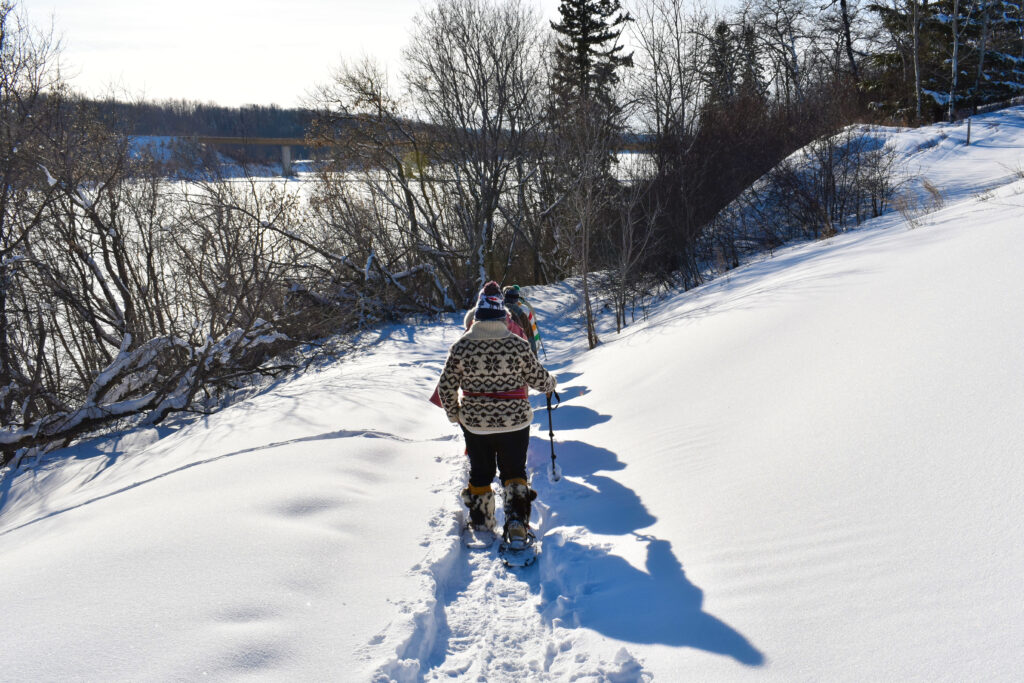
Travel
Experiencing living history at Métis Crossing, a one-of-a-kind destination for Métis people to share Métis stories

Travel
Where to stay, what to do and how to make the most out of your time in Costa Navarino
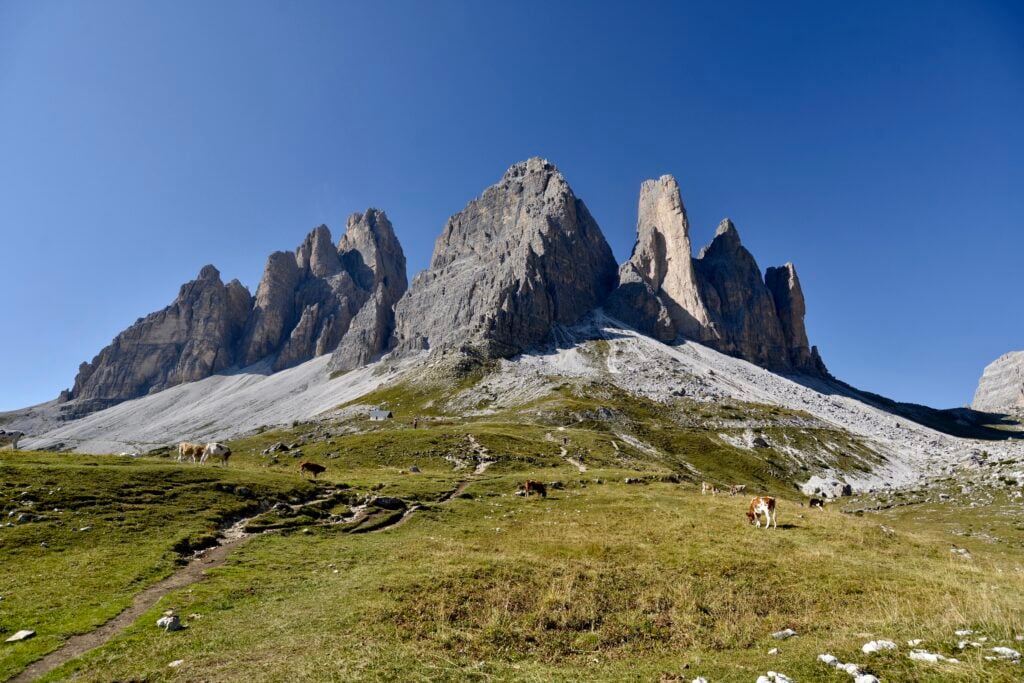
Travel
Once an enormous coral reef, these magnificent mountains are now one of Italy’s main outdoor attractions

Travel
Making authentic connections with a local taste of food, culture, and nature

Travel
From slopes to ski lift passes and resorts to spas, the cost of a ski trip to Switzerland isn’t much more expensive than a visit to the Rockies
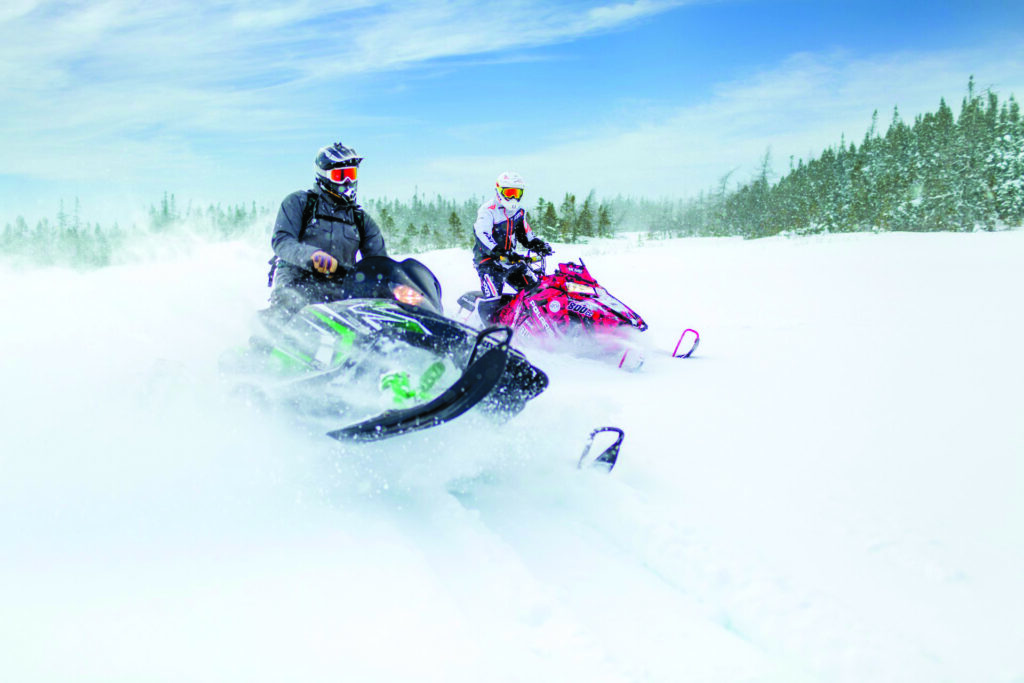
Travel
A three-day guide on where to stay, what to do and how to make the most out of your time exploring Western Newfoundland
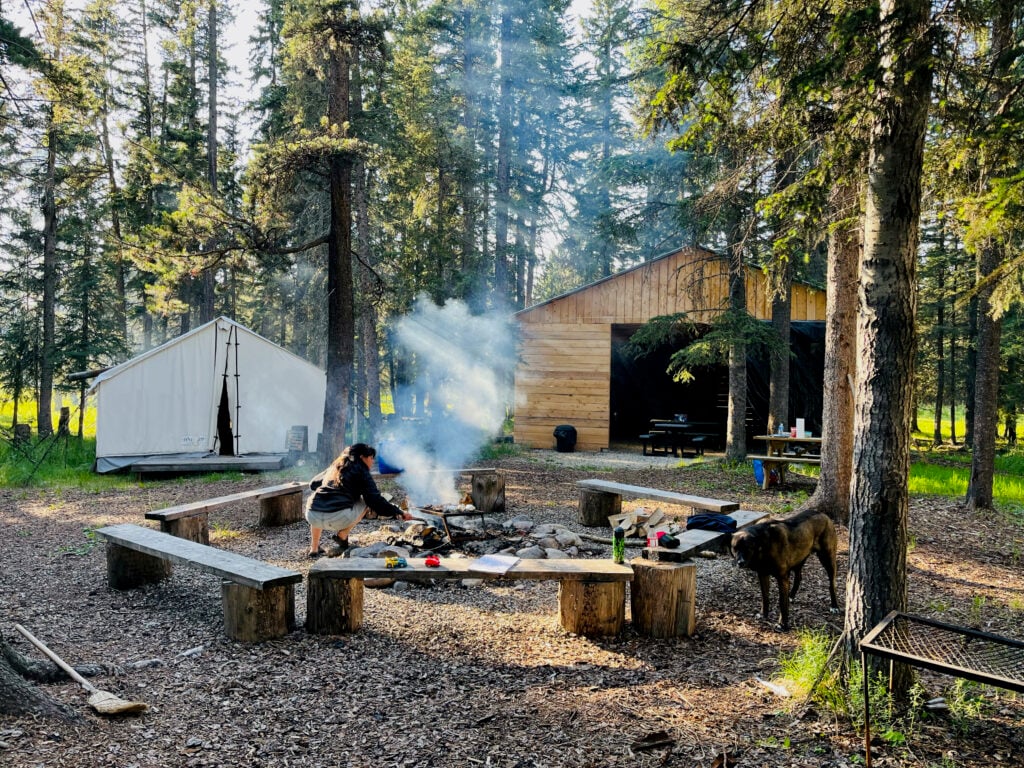
Travel
Located in the foothills of the Rockies, this Indigenous experience invites you to engage with Indigenous outdoor traditions and reconnect with nature in a new way

Travel
Immerse yourself in Viking archaeology and Basque whaling history while taking in Newfoundland’s scenic coastline and incredible geology
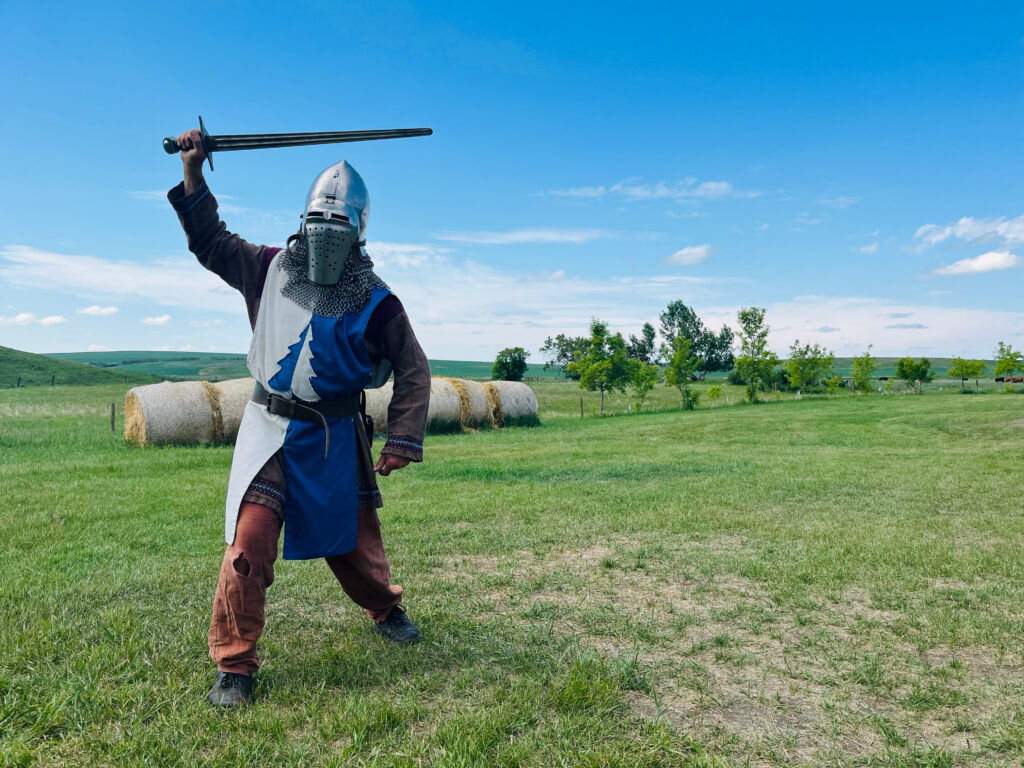
Travel
An inside look at Good Knights medieval-themed glamping experience — complete with sword fighting, axe throwing, archery and more

Travel
Rocking and rolling across the Atlantic on a voyage steeped in history aboard Cunard’s iconic ocean liner
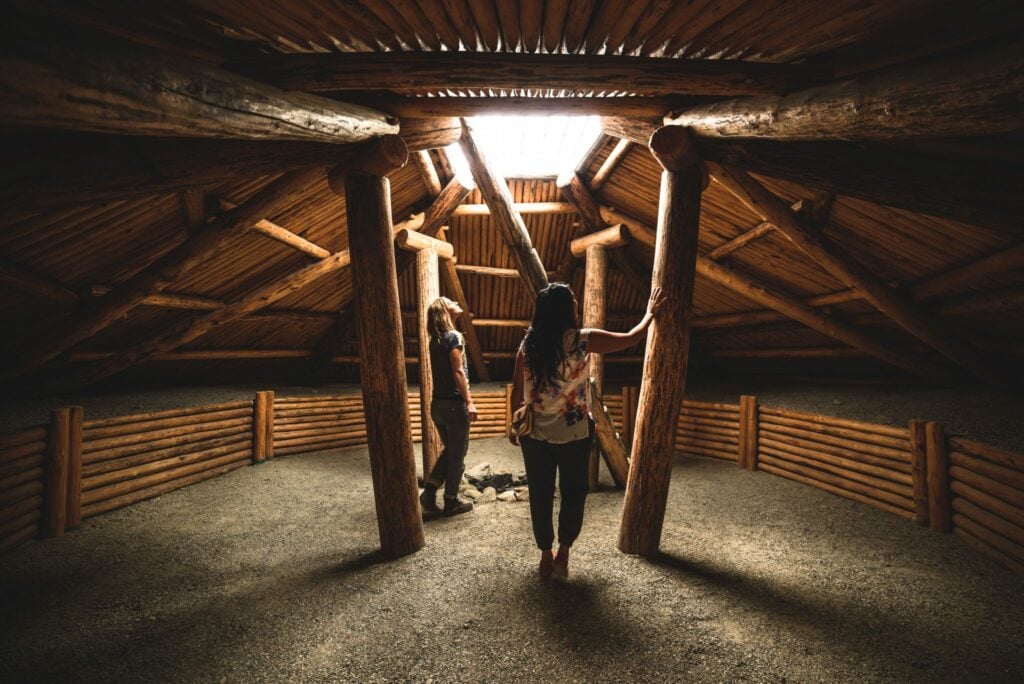
Travel
Learn more about how to celebrate National Indigenous Peoples Day by visiting one of the many places in the country highlighting Indigenous culture

Travel
A guide to the annual Jasper Dark Sky Festival — and what you can learn when you gaze skywards.
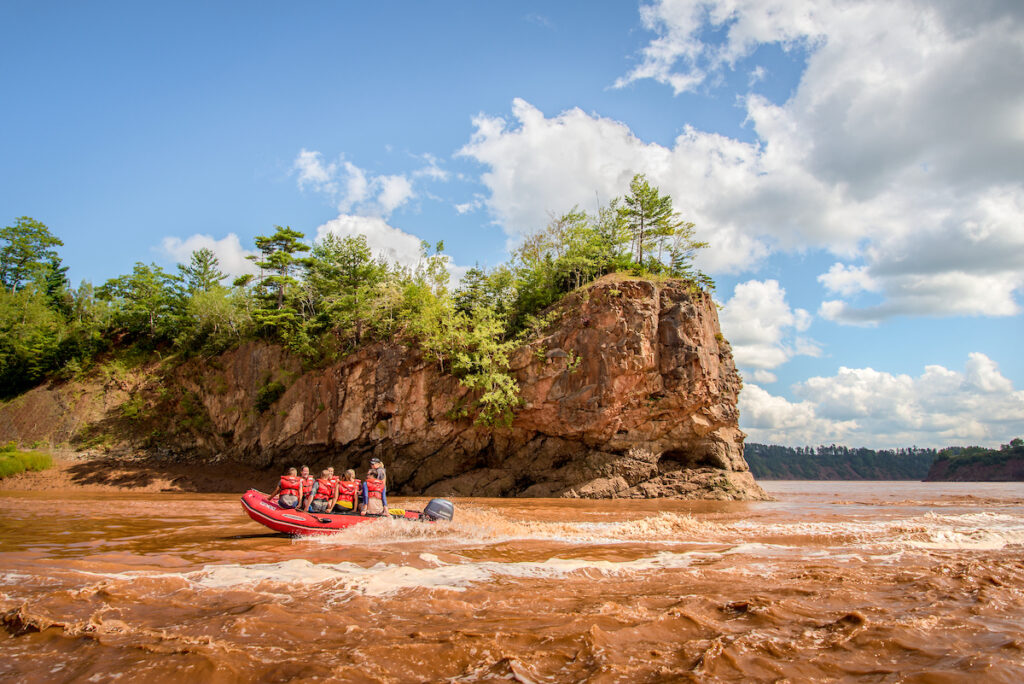
Travel
Robin Esrock recounts his experience rafting a tidal wave in Nova Scotia’s Shubenacadie River — the only place in the world to do so
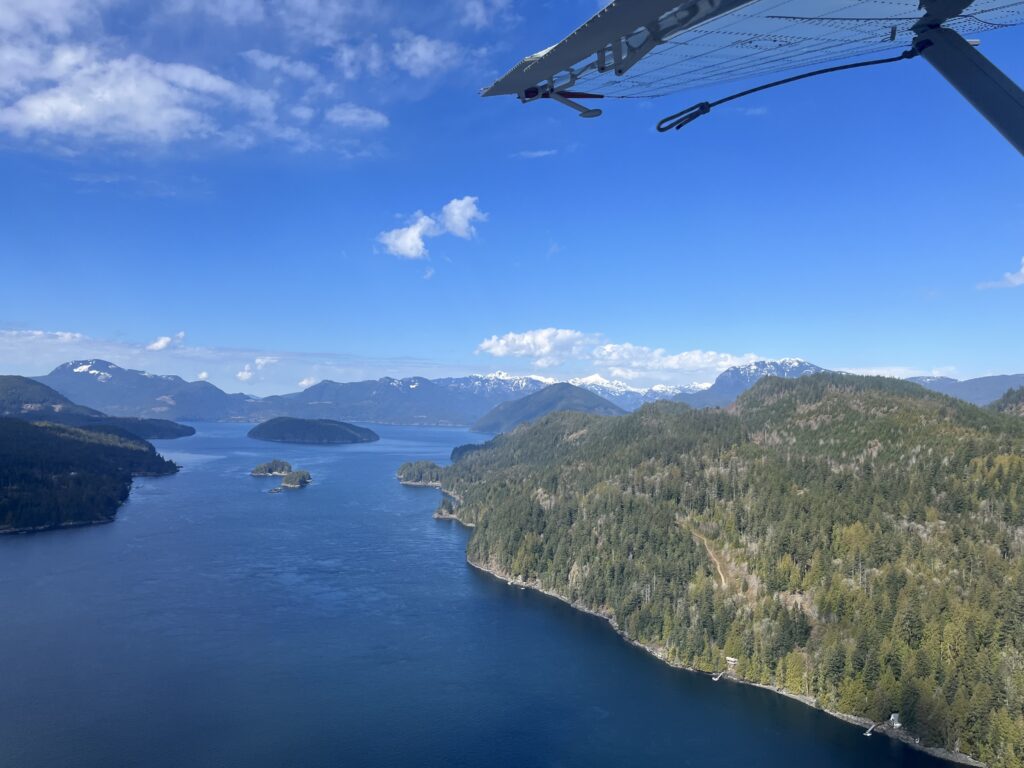
Travel
Absorbing the spirit of the land through Indigenous-led tourism initiatives along B.C.’s Sunshine Coast
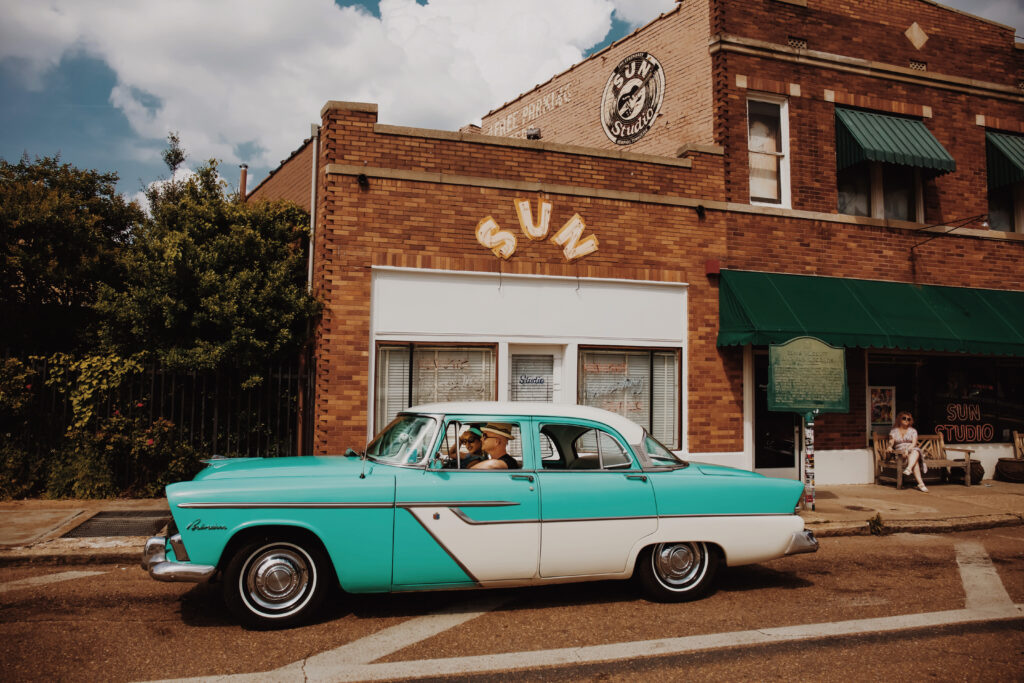
Travel
A music lover’s dream, this region of the U.S. is famous for its noteworthy strains of blues, soul and rock ‘n’ roll, plus the many music legends that were born here
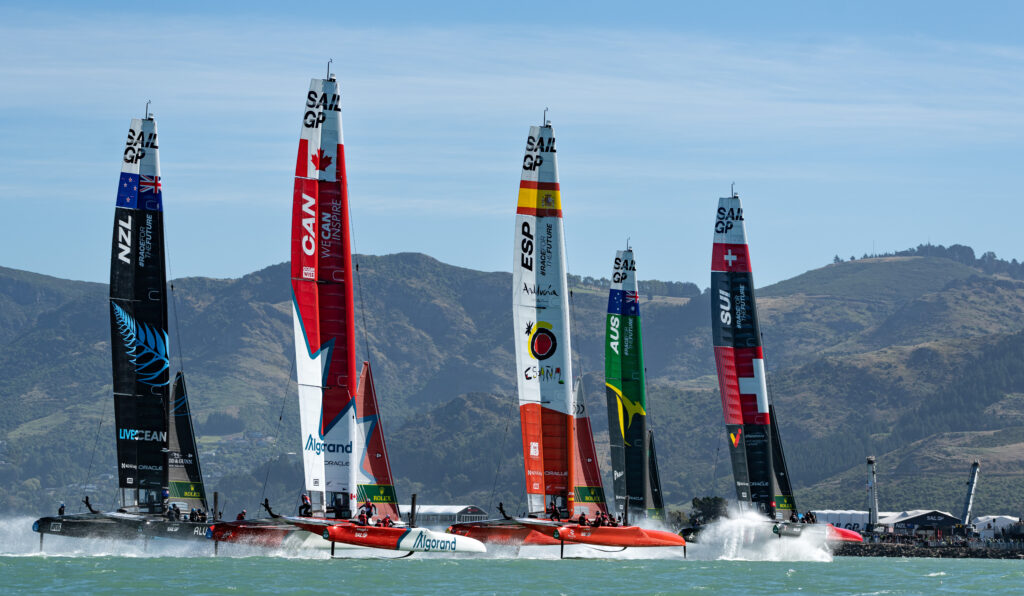
Travel
An exclusive look at SailGP aboard Canada’s F50 catamaran yacht and how this international sailing competition is keeping sustainability in mind
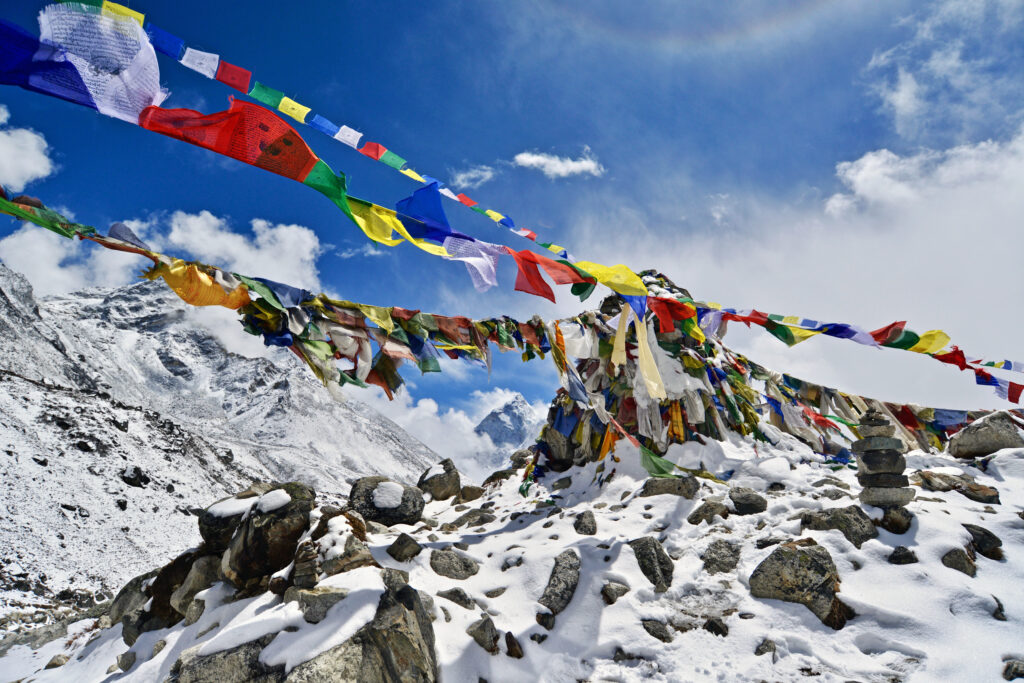
Travel
Garbage litters the trail of the world’s most popular trek, but measures are being taken to clean up the Khumbu region — one kilogram at a time

Travel
A taste of North America’s best beer — plus where to eat, what to do and where to stay in Portland, Oregon

Travel
From catfish sandwiches to an Elvis-worthy lunch, these are some must-try spots in the music city of Tennessee

Travel
Playful wildlife, expansive beaches and spectacular cuisine are defining features of this waterfront town in the Florida Panhandle
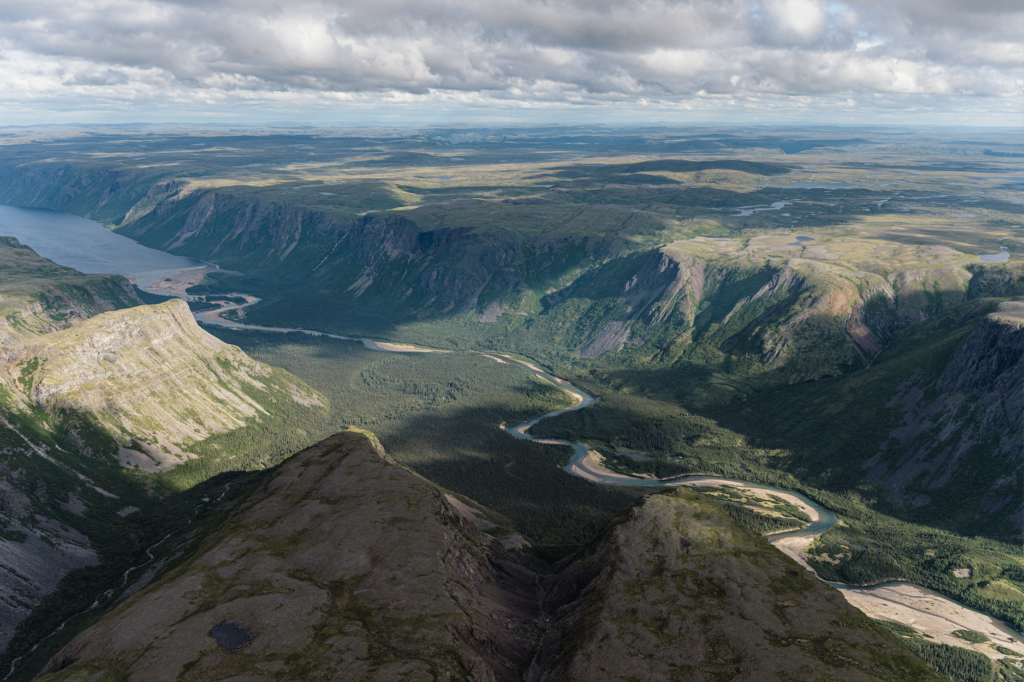
Travel
An epic tour of the remote western Torngats appeals to adventure-seeking geography geeks, with treks via foot, boat and plane to explore the area’s geological and wildlife riches

Travel
From New York’s iconic Statue of Liberty to the famous Christ the Redeemer in Rio de Janeiro, these are some of the world’s most captivating statues
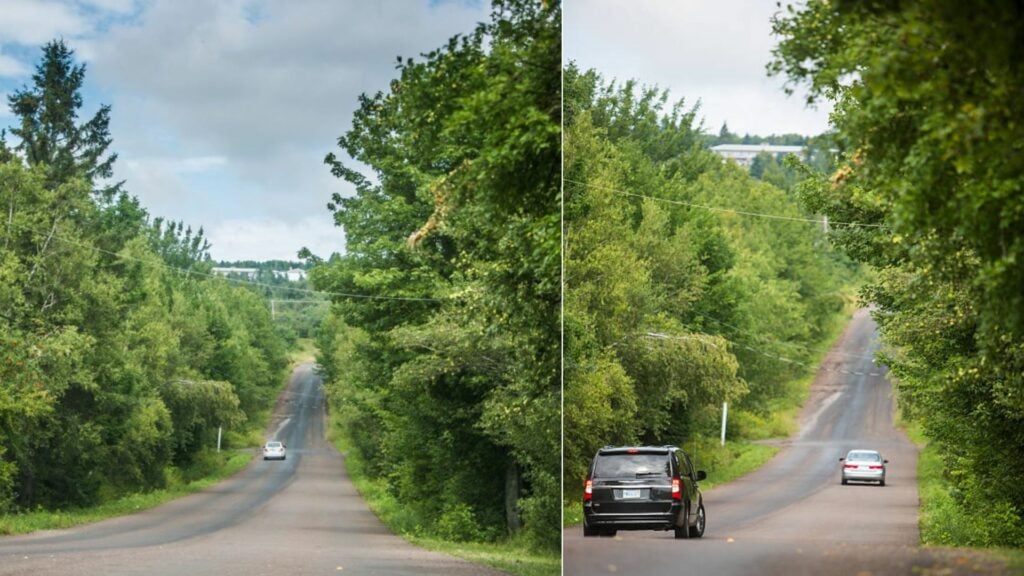
Travel
For almost a century, Magnetic Hill has boggled the minds of visitors. Here’s a closer look at what makes this magical spectacle so intriguing.
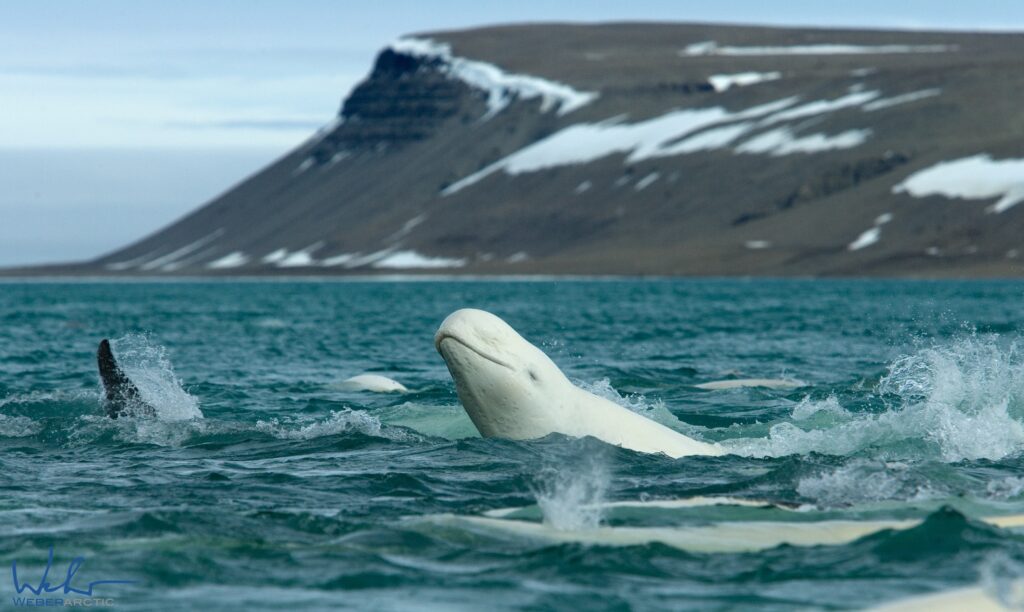
Travel
A uniquely Canadian bucket list adventure featuring wildlife encounters, cultural history and custom-built experiences
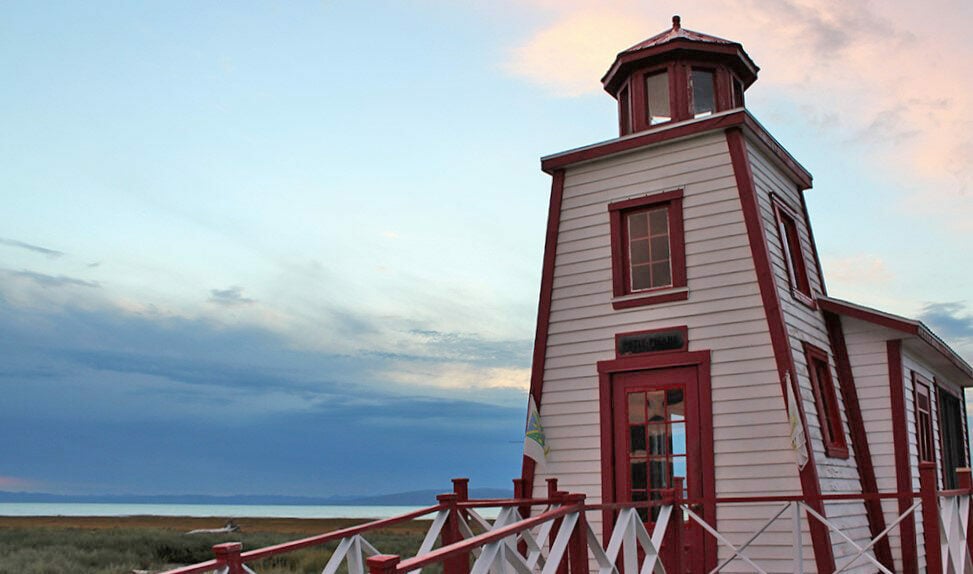
Travel
Following the St. Lawrence’s winding course through Quebec delivers a feast of history, culture and food

Travel
Night skiing under the direction of Olympic legend Nancy Greene Raine
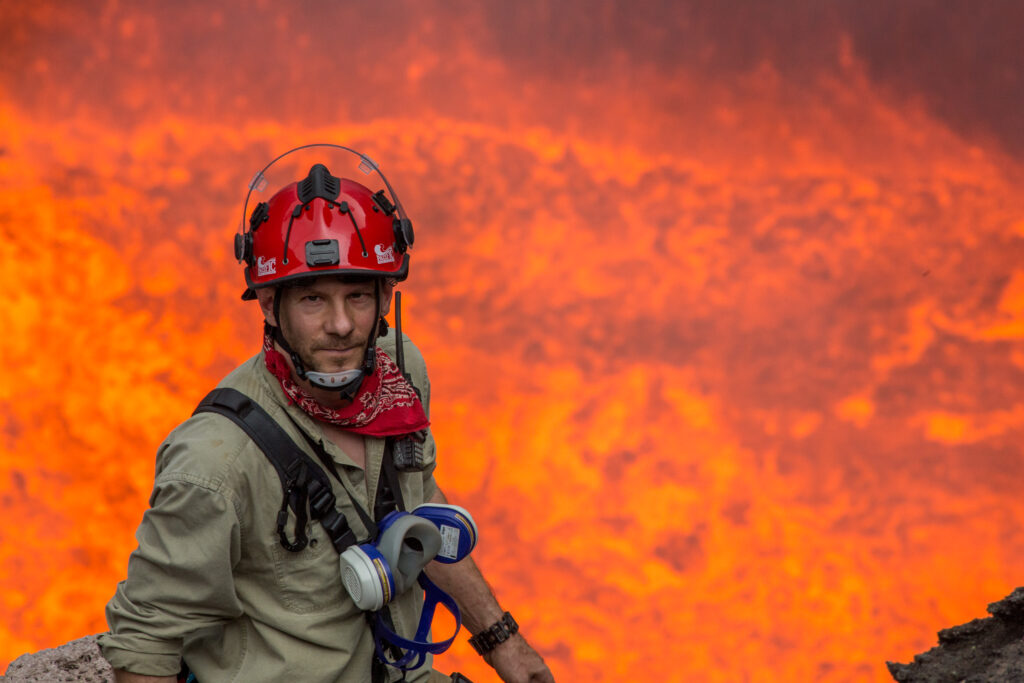
Travel
The global explorer, adventurer, and TV host highlights his most dangerous experiences, regrets, what he has learned, and more
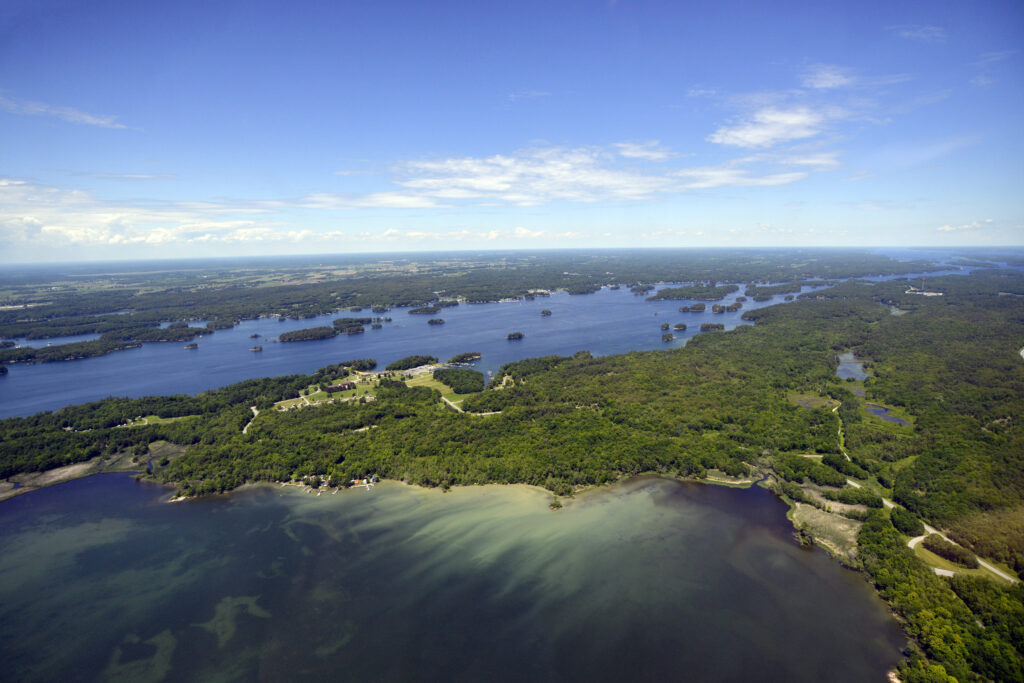
Travel
*Okay, just six — but it’s a start toward exploring this expansive border-straddling region of rocky islands, sparkling coves and hidden history

Travel
Fly fishing for steelhead trout and salmon in Northern B.C.’s bucket list angling destination

Travel
After years of waiting to see the aurora borealis, Robin Esrock recounts his experience viewing these dancing lights with his father in Yellowknife
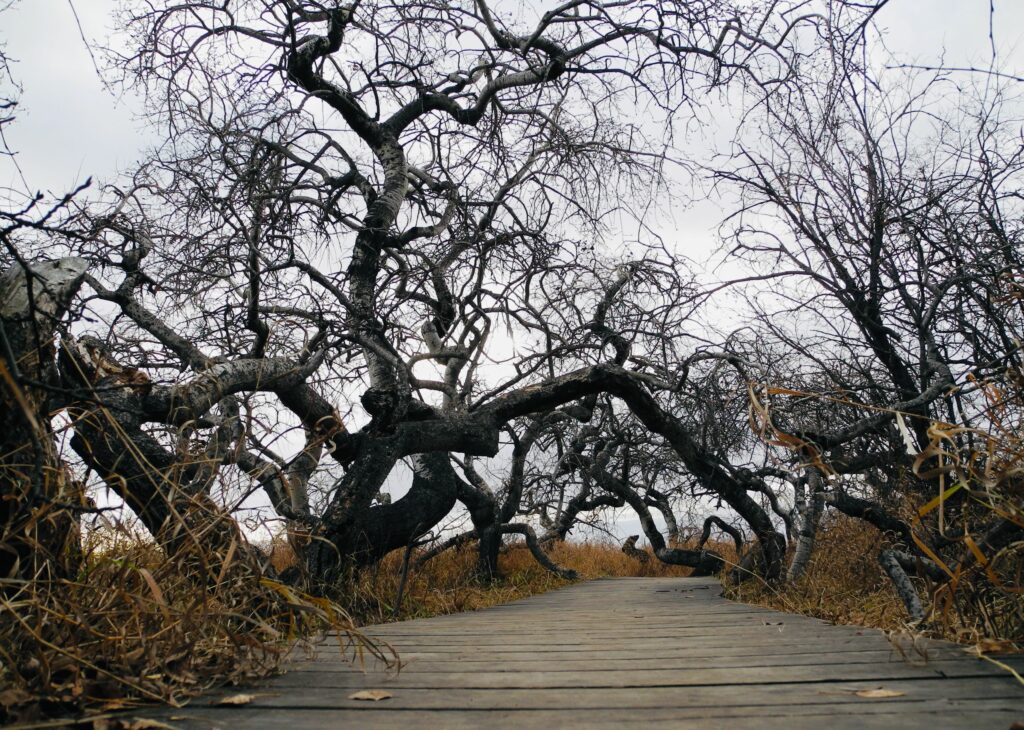
Travel
How a mutant grove of trees is adding mystery to the prairies